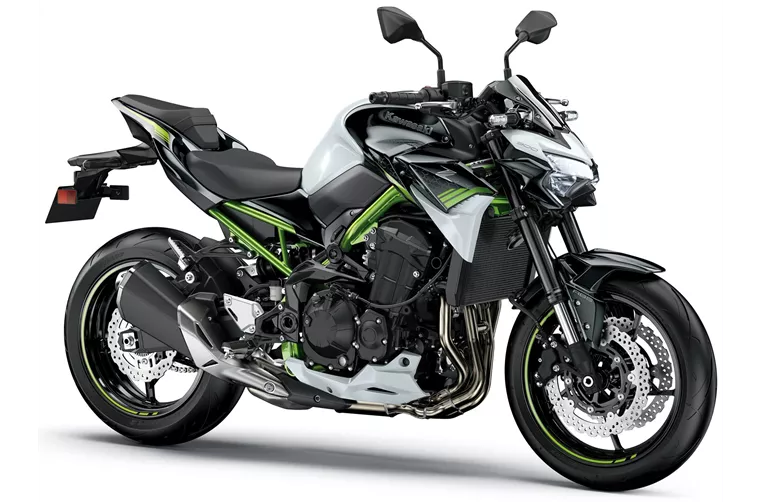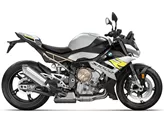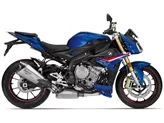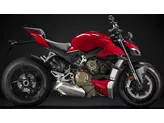Kawasaki Z900 2020 vs. BMW S 1000 R 2017
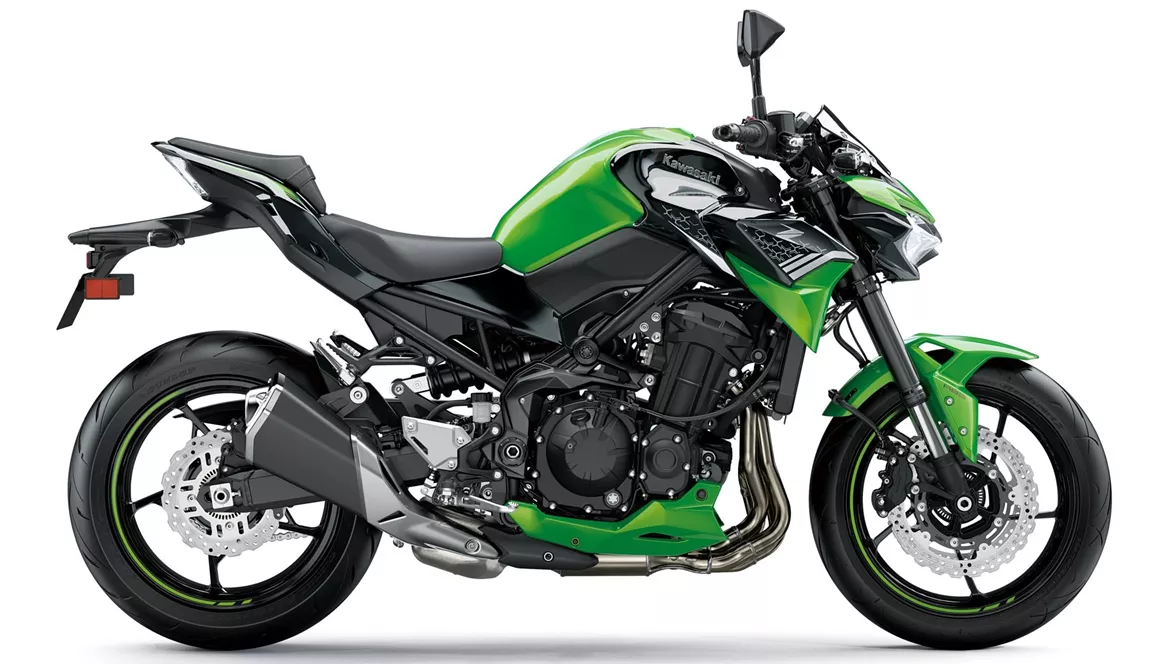
Kawasaki Z900 2020

BMW S 1000 R 2017
Overview - Kawasaki Z900 2020 vs BMW S 1000 R 2017
The Kawasaki Z900 2020 and the BMW S 1000 R 2017 are both naked bikes with similar engine types, inline four-cylinder engines. However, there are several differences in their technical specifications and strengths.
In terms of engine power, the BMW S 1000 R 2017 has a clear advantage with 165 HP compared to the Kawasaki Z900 2020's 125.4 HP. The BMW also has a higher torque of 114 Nm compared to the Z900's 98.6 Nm. This difference in power and torque translates to a more aggressive and thrilling riding experience on the BMW.
Both bikes have fuel injection systems and liquid cooling, ensuring efficient performance and temperature control. The BMW has a slightly larger engine displacement of 999cc compared to the Z900's 948cc.
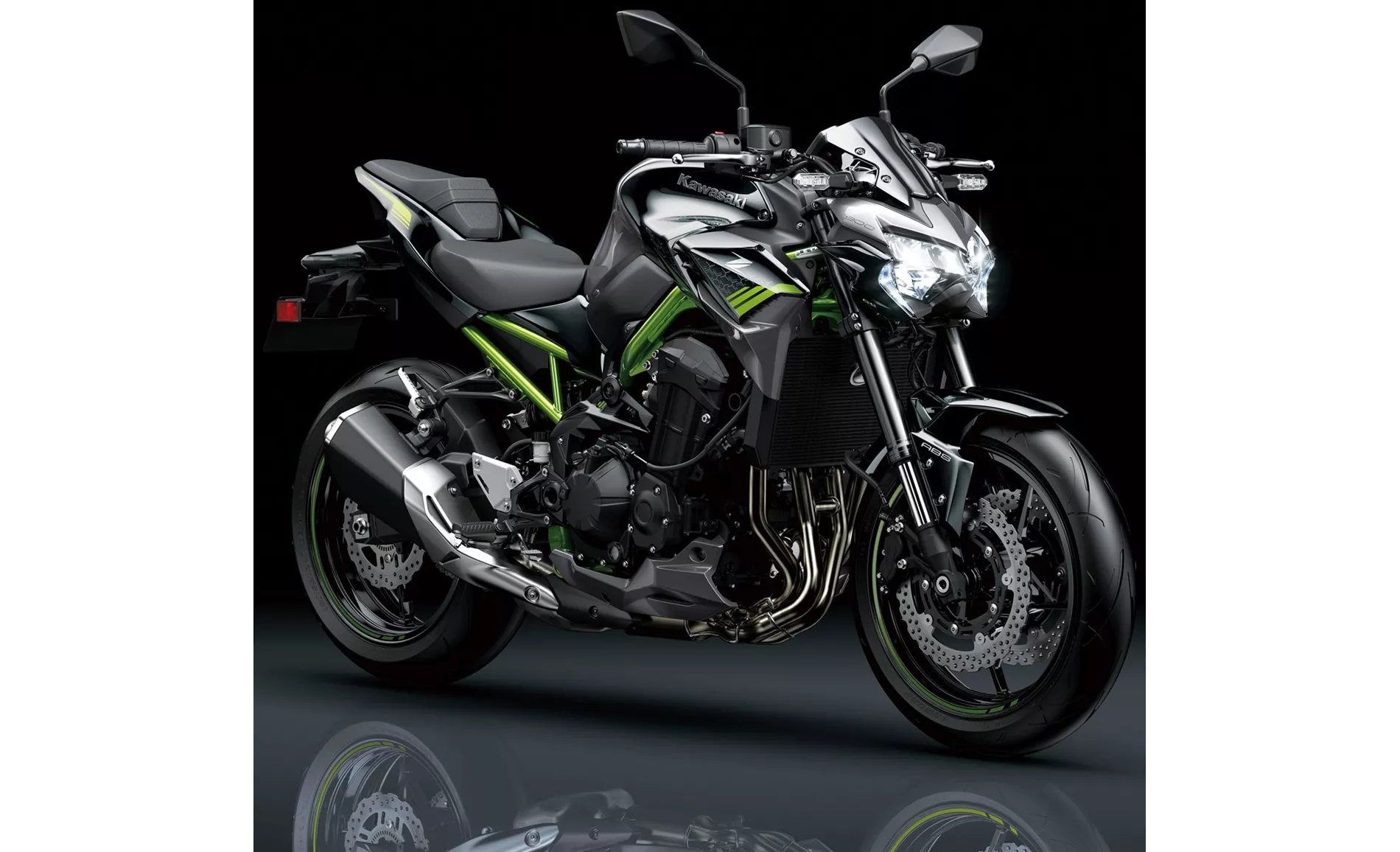
Kawasaki Z900 2020
In terms of suspension, both bikes feature upside-down telescopic forks in the front and swing arm suspension with a monoshock at the rear. The BMW has the advantage of a twin tube aluminum frame, which provides better rigidity and handling compared to the Z900's steel double cradle frame.
When it comes to braking, both bikes have double disc brakes with four-piston calipers at the front. However, the BMW's front brakes have radial technology, which offers better braking performance and control.
In terms of rider assistance systems, both bikes have ABS, riding modes, ride by wire, and traction control. The BMW has the additional feature of dynamic suspension, which adjusts the suspension settings based on riding conditions.
In terms of dimensions and weights, the BMW has a slightly shorter wheelbase of 1439mm compared to the Z900's 1450mm. The BMW also has a higher seat height of 814mm compared to the Z900's 795mm. However, the BMW is slightly lighter with a kerb weight of 205kg compared to the Z900's 210kg.

BMW S 1000 R 2017
In terms of strengths, the Kawasaki Z900 2020 is praised for its powerful four-cylinder engine, great handling, good equipment, aggressive looks, and value for money. On the other hand, the BMW S 1000 R 2017 is praised for having the best shift assistant in the naked bike league, a powerful engine with an awesome sound, great handling, a wide range of equipment and accessory options, powerful brakes, and a semi-active suspension that eliminates the need for setup adjustments.
As for weaknesses, the Kawasaki Z900 2020 is criticized for its somewhat tiring menu navigation and the lack of a quickshifter option. The BMW S 1000 R 2017 is criticized for its original equipment tires not being of the finest premium quality and its inactive seating position on the racetrack.
Overall, both bikes offer impressive performance and features, but the BMW S 1000 R 2017 stands out with its higher power, superior braking technology, and wider range of equipment options. However, the Kawasaki Z900 2020 offers good value for money and a more comfortable riding position.
Technical Specifications Kawasaki Z900 2020 compared to BMW S 1000 R 2017
Pros and Cons in comparison
Pros and Cons in comparison
Kawasaki Z900 2020
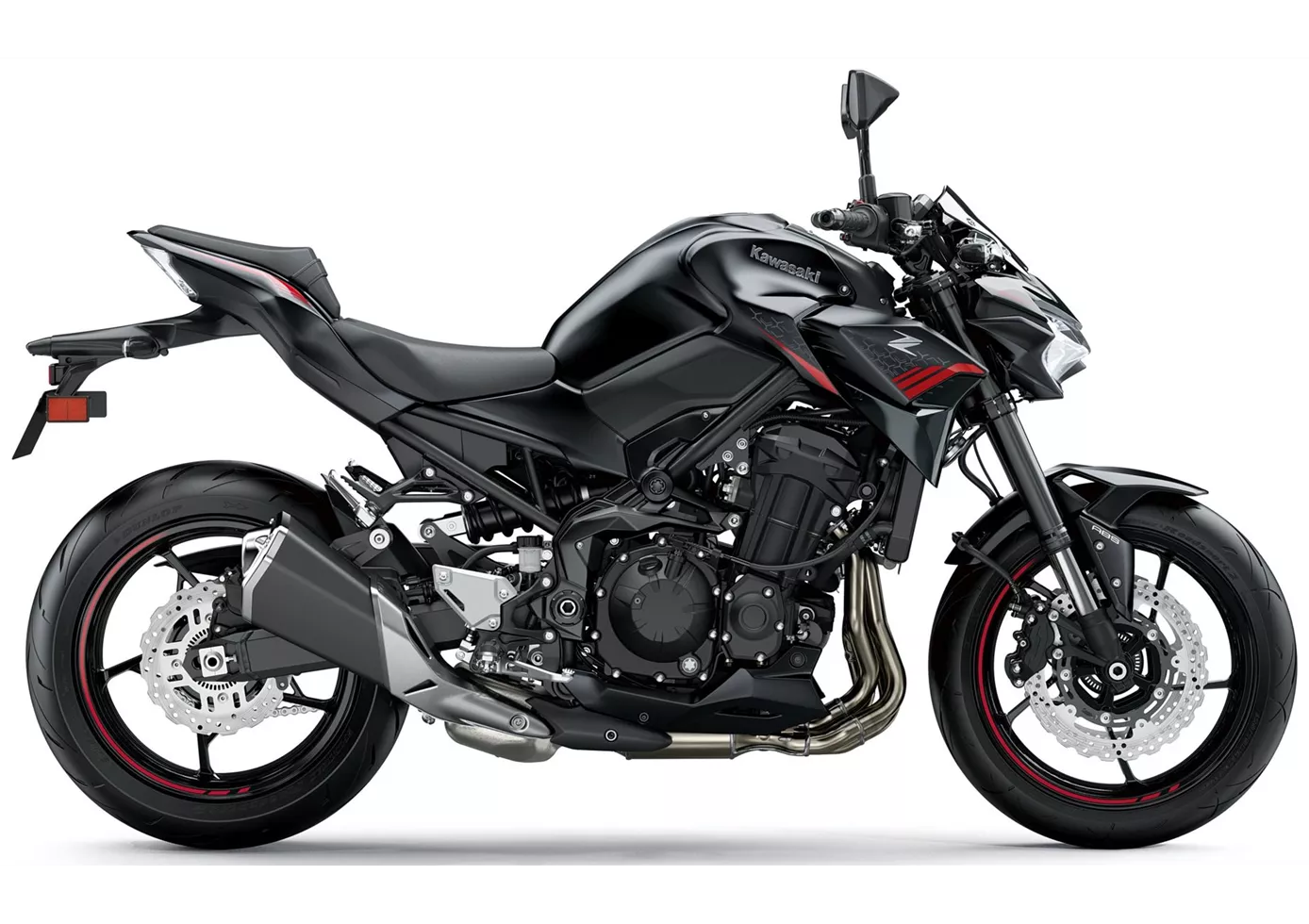
In terms of price-performance, the Kawasaki Z900 is hard to beat at the moment. With the perfectly tuned engine, the high-quality chassis components and the electronics added for 2020, this naked bike offers everything that sporty riders will be looking for. There is really nothing to complain about, even if the option of a quickshifter would have been a nice extra. Apart from that: great shot, Kawasaki!
BMW S 1000 R 2017

BMW's universal talent also got better in 2017. The BMW offers the widest range of use and an exceptionally cultivated engine, a perfect gearbox and the best shift assistant in the field. It drives simply but quickly. You sit rather low in the vehicle.
Price Comparison Avarage Market Price Kawasaki Z900 vs BMW S 1000 R
There are a few key differences between a Kawasaki Z900 2020 and a BMW S 1000 R 2017. In terms of price, the actual average price of a BMW S 1000 R 2017 is about 41% higher. Compared to BMW S 1000 R 2017 there are more Kawasaki Z900 2020 bikes available on the 1000PS.de Marketplace, specifically 34 compared to 22. It takes less time to sell a BMW S 1000 R with 97 days compared to 124 days for the Kawasaki Z900. Since model year 2017 1000PS.de editors have written 46 reviews for the Kawasaki Z900 and 62 reviews for the BMW S 1000 R since model year 2014. The first review for the Kawasaki Z900 was published on 11/11/2016 and now has more than 93,200 views. This compares to more than 17,300 views for the first review on BMW S 1000 R published on 03/11/2013.
